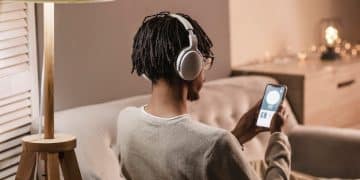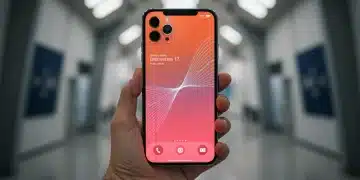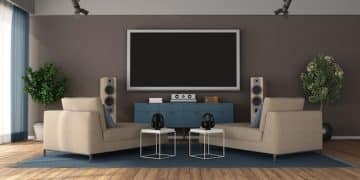Will Noise-Canceling Headphones Truly Block 95% of Distractions?
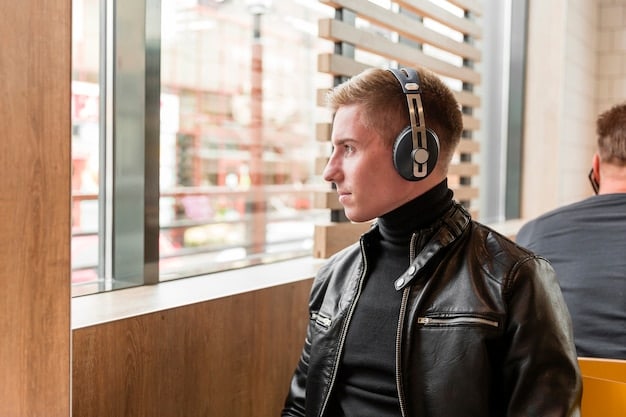
The claim that the latest noise-canceling headphones can block out 95% of distractions is aggressive, and dependent on a variety of factors, from the specific technology used to the type and intensity of ambient noise.
Are you tired of distractions ruining your focus? The newest generation of noise-canceling headphones boasts impressive claims, but can they really block out 95% of distractions?
Understanding Noise-Canceling Technology
Noise-canceling headphones have become increasingly popular, promising a sanctuary of sound in our noisy world. But how exactly do they work, and what factors influence their effectiveness?
Active Noise Cancellation (ANC)
Active Noise Cancellation (ANC) is the most common technology used in high-end headphones. It involves using microphones to detect ambient noise and then creating an inverse sound wave to cancel it out.
Passive Noise Isolation
Passive noise isolation simply blocks out sound using physical barriers, such as the earcups themselves and the material they’re made of. This is similar to wearing earplugs.
Here are key elements about noise-canceling technology:
- ANC is more effective on low-frequency sounds, like the hum of an engine.
- The fit of the earcups is crucial for effective passive noise isolation.
- Hybrid systems combine ANC and passive isolation for optimal performance.
In conclusion, noise-canceling technology is a combination of active and passive methods working to create an ideal listening experience. The specific mix of technologies used determines how effective a set of headphones will be in different environments.
The 95% Noise Reduction Claim: What Does It Mean?
Headphone manufacturers often advertise impressive noise reduction percentages, but what do these numbers really mean? Let’s break down how these claims are made and what to consider when evaluating them.
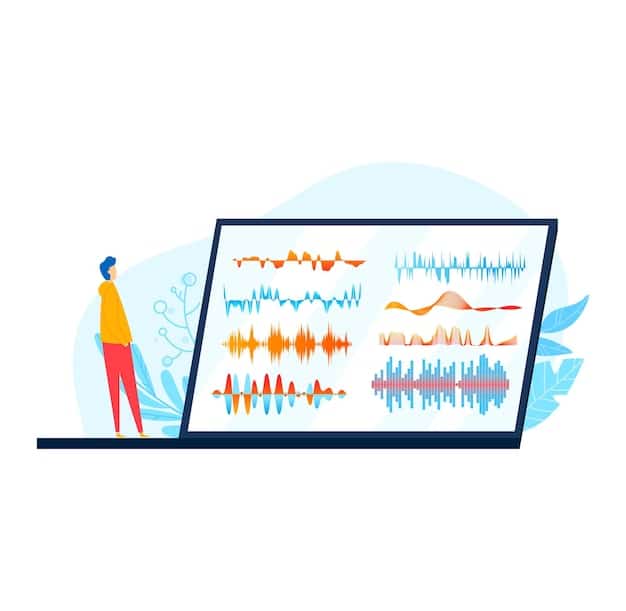
Decibel Reduction (dB) vs. Percentage
The percentage claim, such as 95%, is often a simplified way to describe noise reduction. However, the real measurement is in decibels (dB). A reduction of 20dB might feel like a 75% reduction in noise, but the perception is subjective.
Testing Environments and Conditions
Noise reduction tests are usually performed in controlled laboratory settings. These conditions may not accurately reflect real-world noise scenarios.
When understanding the 95% noise reduction claim, consider these points:
- The percentage is often a marketing simplification and not a scientifically precise metric.
- Lab tests do not account for the unpredictable nature of everyday noise.
- Personal perception of noise reduction can vary widely.
Therefore, when considering the 95% noise reduction claim, it’s essential to dig into the details and understand how the numbers are being presented. Real-world performance can vary significantly from marketing claims.
Factors Affecting Noise Cancellation Performance
The real-world performance of noise-canceling headphones is influenced by several factors, including the type of noise, headphone fit, and specific technology used. Understanding these elements can help you temper your expectations.
Type of Noise
Noise-canceling headphones typically excel at reducing constant, low-frequency sounds. Sudden, high-frequency noises are more challenging to block.
Headphone Fit and Seal
A proper fit is crucial for both active and passive noise cancellation. Gaps between the earcups and your head can let in unwanted sounds.
Technology and Algorithms
Advanced noise-canceling headphones use sophisticated algorithms to adapt to different noise environments. The effectiveness of these algorithms varies among brands and models.
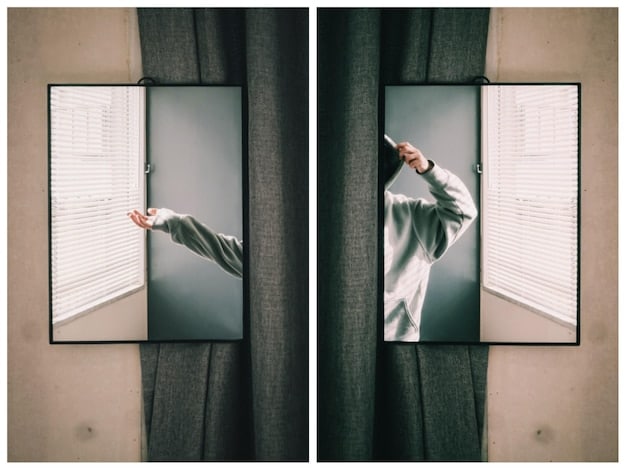
Key factors that impact noise cancellation performance include:
- Low-frequency sounds are easier to cancel than high-frequency sounds.
- A snug fit ensures optimal passive and active noise reduction.
- Software algorithms play a critical role in adapting to different environments.
In summary, the performance of noise-canceling headphones hinges on a combination of factors. Understanding these factors provides a realistic perspective on what to expect from the technology.
Real-World Scenarios: Testing the Noise Cancellation
To truly assess the effectiveness of noise-canceling headphones, it’s essential to test them in various real-world scenarios. Let’s consider a few common situations.
Office Environment
In an office, noise-canceling headphones can significantly reduce distractions from conversations, keyboard clicks, and background chatter. However, they may not completely eliminate sudden noises like phone rings.
Commuting
During commutes, these headphones are adept at blocking consistent sounds like engine hum and train noise. They are less effective against sudden announcements or the screech of brakes.
Air Travel
Air travel is where noise-canceling headphones often shine, effectively minimizing the drone of the engines. They also help reduce cabin noise and crying babies, though not entirely.
Real-world testing reveals the following about noise cancellation:
- Offices benefit from reduced distractions but may not fully eliminate all noise.
- Commuting becomes more bearable by minimizing constant background sounds.
- Air travel is significantly improved with effective engine noise reduction.
Real-world testing provides a clear picture of the strengths and limitations of noise-canceling headphones. While they offer significant improvements in noisy environments, they are not a complete solution.
Choosing the Right Noise-Canceling Headphones
Selecting the right noise-canceling headphones involves considering your specific needs, budget, and preferred listening experience. Here are some factors to keep in mind.
Budget
Noise-canceling headphones range from affordable to high-end. Determining your budget upfront can help narrow down your options.
Comfort and Fit
Since you will be wearing the headphones for extended periods, comfort and fit are crucial. Look for adjustable headbands and cushioned earcups.
Features and Connectivity
Consider additional features such as Bluetooth connectivity, built-in microphones for calls, and customizable noise cancellation levels.
When selecting noise-canceling headphones, address the following:
- Establish a budget range to guide your purchasing decision.
- Prioritize comfort and fit for long-term wear.
- Consider extra features that enhance your overall experience.
Choosing the right noise-canceling headphones depends on a combination of factors tailored to your individual lifestyle and preferences. A well-informed decision ensures you get the most value and satisfaction from your investment.
Beyond the Headphones: Alternative Noise Reduction Methods
While noise-canceling headphones are an excellent tool, they are not the only solution for dealing with unwanted noise. Exploring alternative methods can enhance your overall noise reduction strategy.
Earplugs
Simple earplugs are an affordable and effective way to block out noise, particularly for sleeping or concentrating in quiet environments.
White Noise Machines
White noise machines generate ambient sounds that mask distracting noises. They are particularly useful in offices or bedrooms.
Soundproofing
For more permanent solutions, consider soundproofing your environment by using acoustic panels, thicker curtains, or other sound-absorbing materials.
Complement noise-canceling headphones with these techniques:
- Earplugs offer an affordable and effective solution for blocking out noise.
- White noise machines create a soothing auditory environment.
- Soundproofing provides long-term noise reduction for your space.
Exploring alternative noise reduction methods complements the use of headphones, offering holistic approaches to creating quieter, more focused environments. Integrating these methods maximizes your ability to manage distractions effectively.
| Key Point | Brief Description |
|---|---|
| 🎧 Noise Cancellation | Combines active (ANC) and passive methods to reduce external sounds. |
| 📊 Percentage Claims | Marketing figures that may not reflect real-world performance accurately. |
| 🏢 Real-World Tests | Effectiveness varies in different environments like offices, commutes, and flights. |
| 💡 Alternatives | Earplugs, white noise machines, and soundproofing can enhance noise reduction. |
Frequently Asked Questions
▼
Noise-canceling headphones use microphones to detect ambient noise. Then, they produce an opposite sound wave to cancel out the external noise, creating a quieter listening experience. This is often combined with physical barriers for even better noise reduction.
▼
Expensive headphones often offer superior noise cancellation, better sound quality, and enhanced comfort. If you frequently encounter noisy environments, the investment can be worthwhile. However, mid-range options can also provide good performance.
▼
No, noise-canceling headphones cannot completely eliminate all sounds. They are most effective at reducing constant, low-frequency noises. Sudden, high-frequency sounds like speech or alarms are harder to block entirely.
▼
The fit is crucial for both comfort and noise isolation. A snug fit ensures that the earcups create a good seal around your ears, maximizing passive noise reduction. Gaps can let in unwanted sounds, reducing the overall effectiveness.
▼
Some people may experience a sensation of pressure or discomfort when using noise-canceling headphones. Additionally, over-reliance on noise cancellation can reduce awareness of your surroundings, which could be a safety concern in certain situations.
Conclusion
While the claim of blocking out 95% of distractions may be optimistic, noise-canceling headphones undoubtedly offer significant benefits in reducing ambient noise. By understanding the technology, realistic expectations, and exploring alternative methods, you can create a quieter and more focused environment tailored to your needs.


